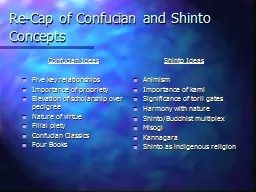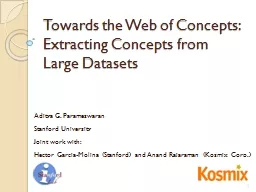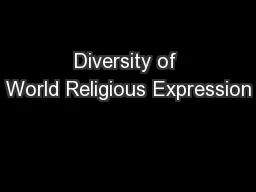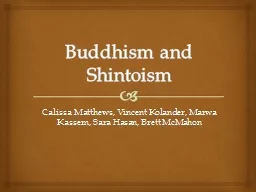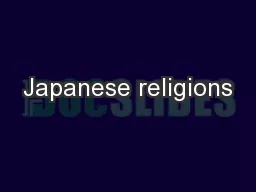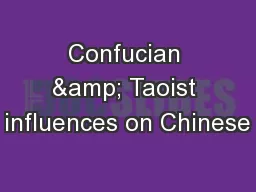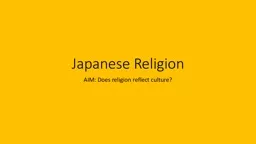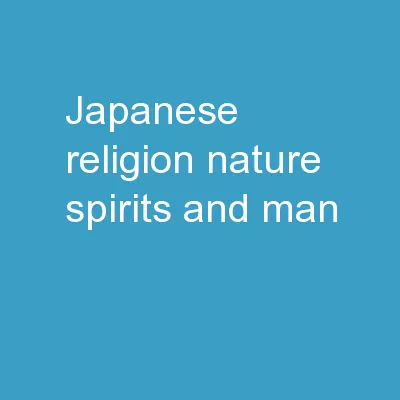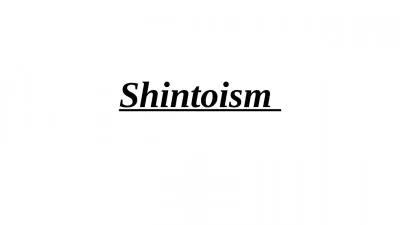PPT-Re-Cap of Confucian and Shinto Concepts
Author : celsa-spraggs | Published Date : 2016-05-30
Confucian Ideas Five key relationships Importance of propriety Elevation of scholarship over pedigree Nature of virtue Filial piety Confucian Classics Four Books
Presentation Embed Code
Download Presentation
Download Presentation The PPT/PDF document "Re-Cap of Confucian and Shinto Concepts" is the property of its rightful owner. Permission is granted to download and print the materials on this website for personal, non-commercial use only, and to display it on your personal computer provided you do not modify the materials and that you retain all copyright notices contained in the materials. By downloading content from our website, you accept the terms of this agreement.
Re-Cap of Confucian and Shinto Concepts: Transcript
Download Rules Of Document
"Re-Cap of Confucian and Shinto Concepts"The content belongs to its owner. You may download and print it for personal use, without modification, and keep all copyright notices. By downloading, you agree to these terms.
Related Documents

